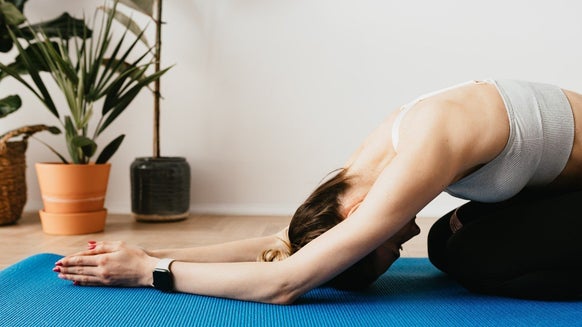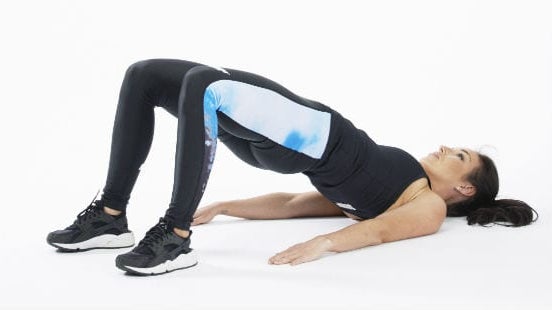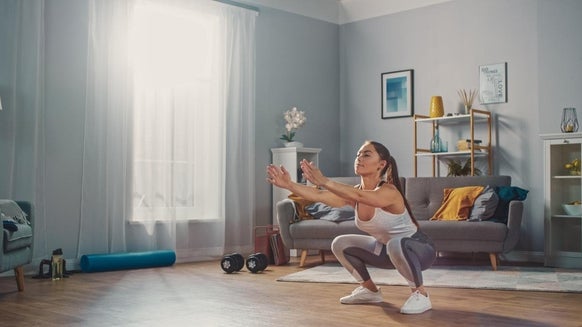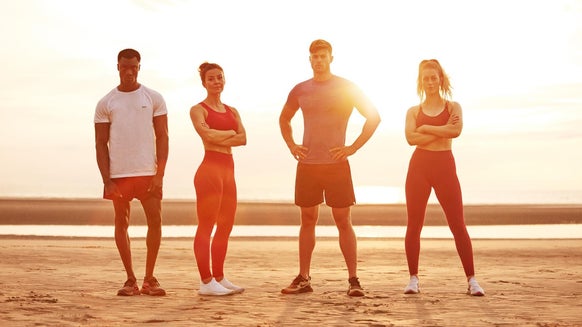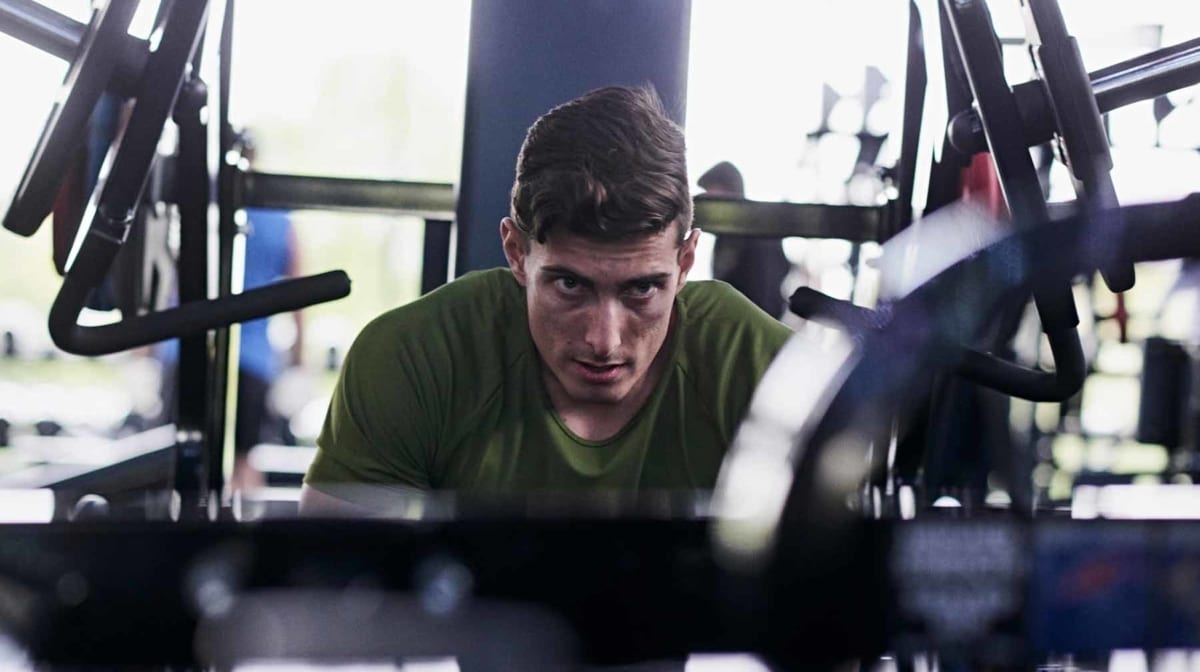
What Are Seated Good Mornings?
Seated Good Mornings are the lower back exercise that you didn’t know you were looking for. They are the seated variation of the more commonly seen Good Mornings, which are performed from a standing position. Their purpose is to strengthen the muscle group associated with bending, lifting and twisting, as well as hip flexibility and strengthening your core. So they’re not only good for your lower back but can result in improvements in other unrelated lifts.
Benefits Of Seated Good Mornings
Your lower back is often neglected, and yet if you suffer a lower back injury it can put you out of action like no other. Your lower back features a large group of muscles that need the same attention that you probably lavish upon your chest and arms when stretching and building muscle. This group of muscles support your spine and hold you upright while playing a role in twisting and bending movements. They consist of:
- Extensor muscles, which are attached to the back of your spine and help you to stand and also to lift things
- Flexor muscles, which are attached to the front of your spine. These allow you to flex and bend forward as well as arch your back
- Oblique muscles, which are often mentioned in abs workouts. These play a part in maintaining good posture and rotating your spine.
Just from the brief descriptions of these muscles’ functions, it is obvious how important the health, strength and maintenance of your lower back is. It is also the exact reason why you may want to throw Seated Good Mornings into your workout repertoire.
Seated Good Mornings strengthen the isometric position of your back arch, which is used in lifts such as cleans and snatches, squats and rows. They can also help to improve the flexibility of your hip extensor while strengthening your hamstrings and glutes.
What Are Their Advantages Over Standard Good Mornings?
The seated version relates more to the position you will find yourself in when lowering to squat, along with snatch and cleans.Because of the level of core engagement that is required, your abs and obliques will also face a serious workout from these lifts. Other lower back exercises that can help improve your Good Mornings include back extensions, such as Roman Chair Lifts, and standard squats.
How Do You Perform Seated Good Mornings?
Before any lift, a decent warm-up should be your primary objective. Of course, you know this already, but when a lift concerns your spine it’s wise to know what you’re getting yourself in for. If you’re new to Good Mornings there’s a good chance you’ll quickly learn how they can cause your hamstrings and hips to ache. For this reason, you should ensure you stretch your hamstrings and loosen your hips.
To perform Seated Good Mornings you will require a squat rack and bench that you can straddle. With your feet planted firmly either side of the bench, begin by using a light weight so that you can get your technique on point.
Seated Good Mornings can be highly effective even with a light weight; it is the full range of motion that should be your focus.With the barbell atop your shoulders (as opposed to your traps) keep your shoulder blades squeezed together. Rotate your elbows forward and keep them tight. You should avoid ‘locking out’ any movement or extension of your limbs so that you maintain tension, and also so that you have some room to manoeuvre if you should get stuck at either end of the lift.
Focus on maintaining a tight arch to your lower back and face straight ahead as you lift. You don’t want to look up as this may affect your balance and strain your neck.Your knees should be out so that the flex comes from your hips. With your back arched, your glutes should also be pushed back. Keep your core engaged. This will keep you stable. You’re now ready to bend.
As you bend forward, feel the movement in your hips. Maintain your arched back and keep going until you feel you will lose the arch.At the bottom of the lift, engage your core and with a steady, purposeful movement, reverse the movement until you are back to the starting position. It should definitely not be fast or jerked movement, as this could cause harm to your spine and result in a pulled muscle.
How Many Reps Should You Do?
At first, you should keep this number low as you would for any lift that targets relatively unchartered muscle groups. You also don’t want to overwork or fatigue your lower back as this will leave you lacking for any other lifts you have planned for that workout session. Aim for sets of 3 – 6 reps and a fifth of the weight you would ordinarily squat.

Alice Pearson is a UKVRN Registered Associate Nutritionist and UK Anti‐Doping accredited advisor, having obtained a Bachelor’s of Science in Nutrition and a Master’s of Science in Sport Nutrition. She has a specialist interest in the use of sports supplements for improving health, fitness, and sport performance. Alice has experience working with both amateur and elite athletes, including providing nutritional support to Tranmere Rovers FC and Newcastle Falcons Rugby Club. Her nutritional guidance is always supported by evidence‐based research, which she keeps up to date through continuing professional development and independent learning. In her spare time, Alice loves travelling, hitting the gym, and getting stuck into a good book. Find out more about Alice's story here.



